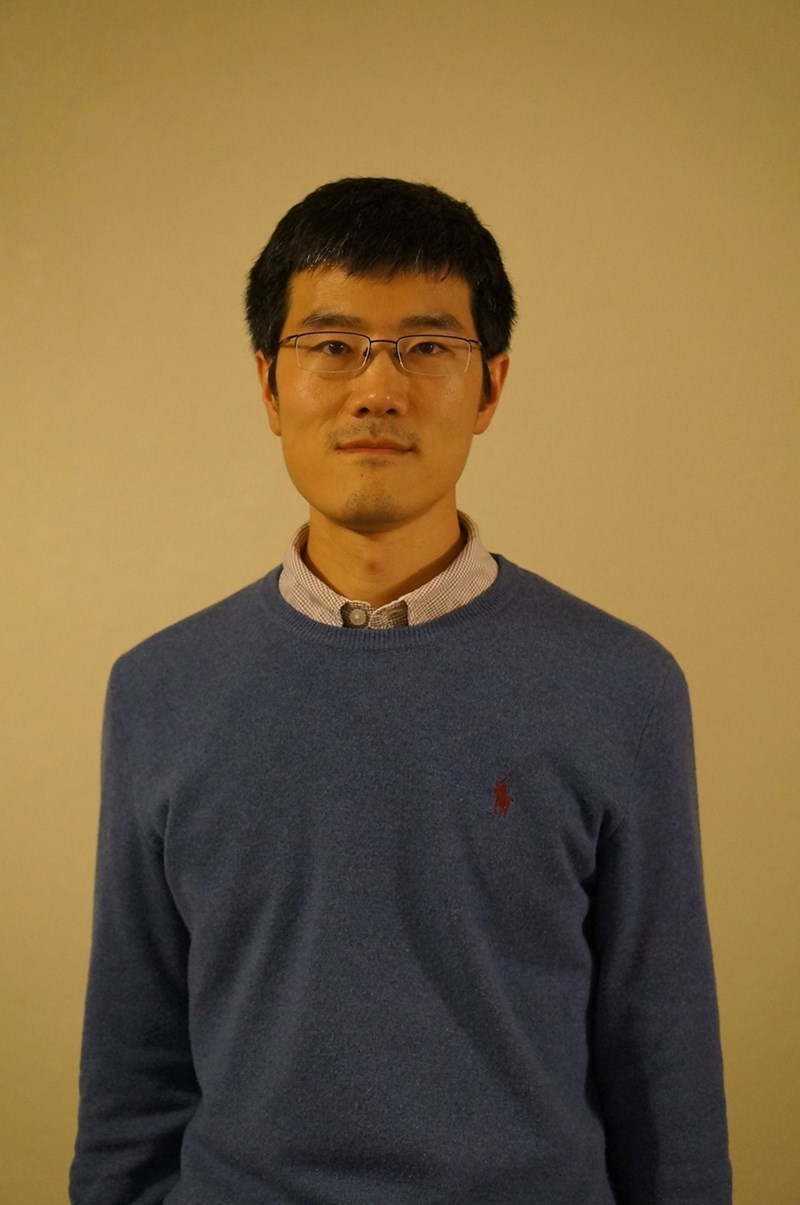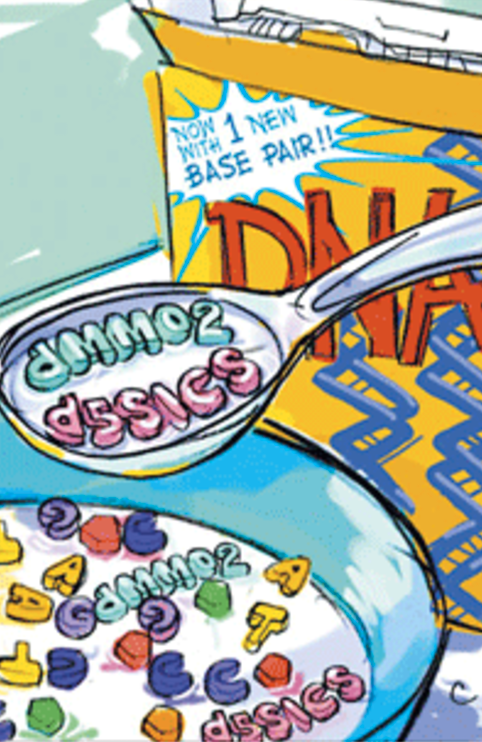Kutz believes machine scientists are bringing the field to the cusp of what he calls “GoPro physics,” where researchers will simply point a camera at an event and get back an equation capturing the essence of what’s going on.
Source: ‘Machine Scientists’ Distill the Laws of Physics From Raw Data | Quanta Magazine

